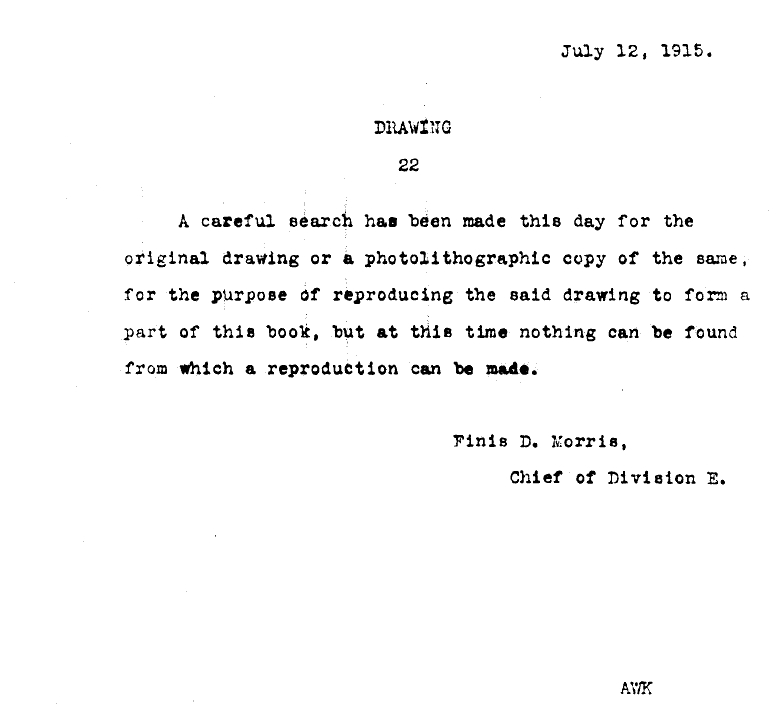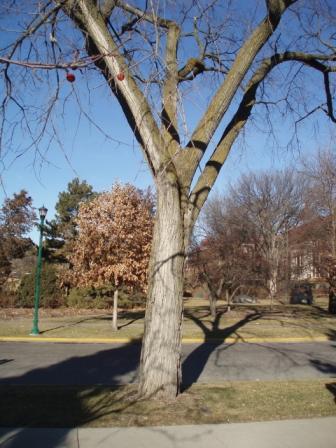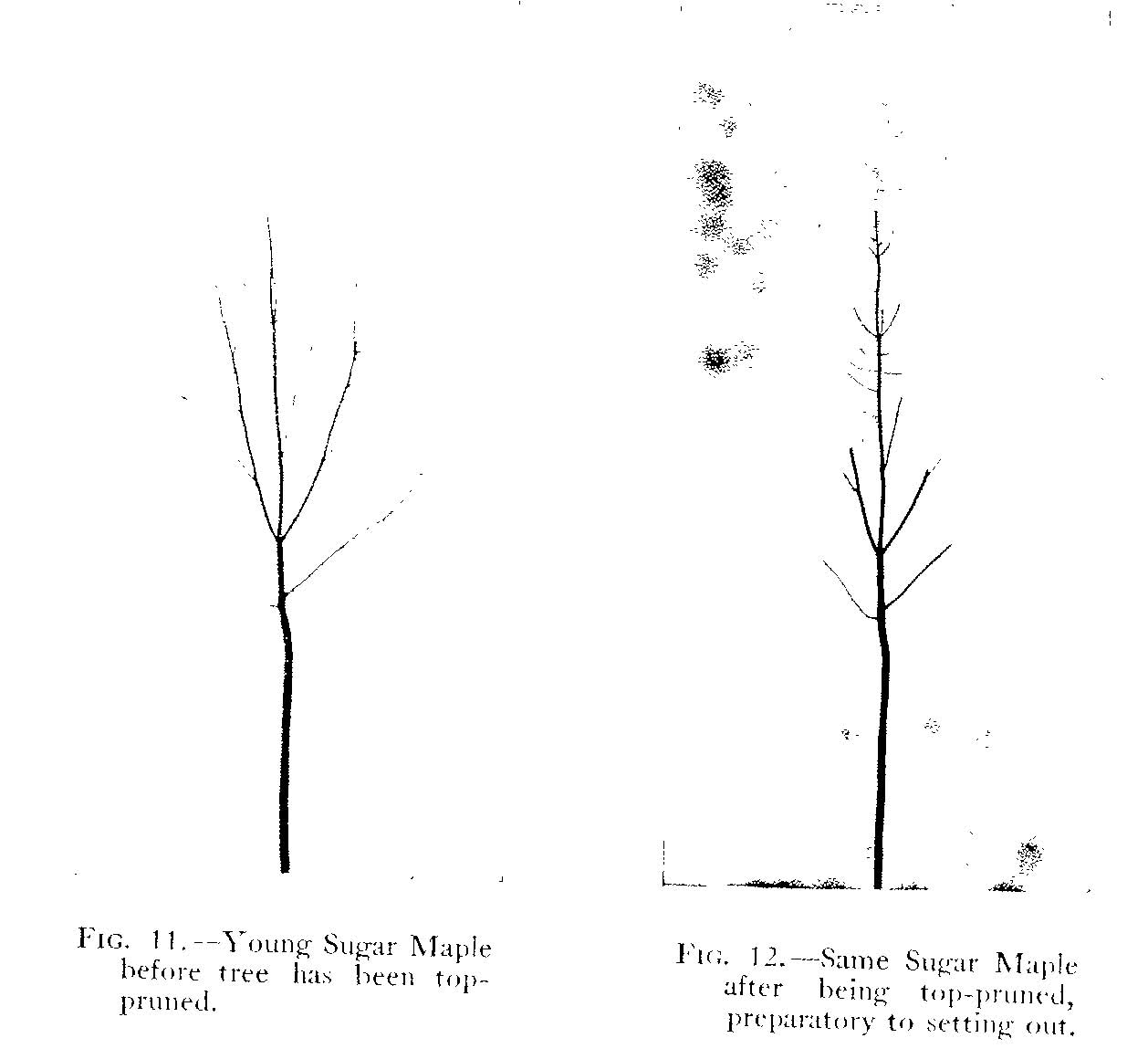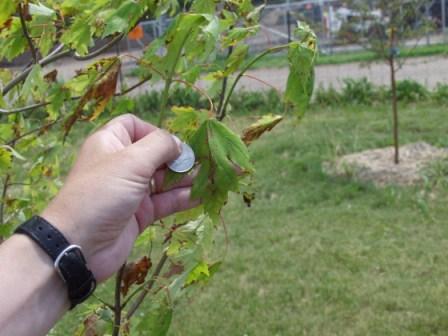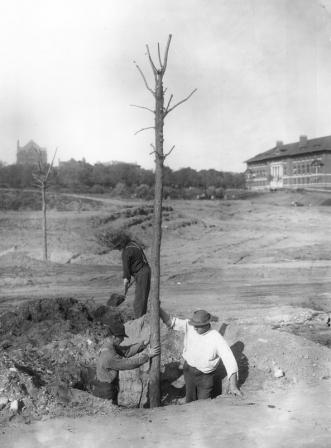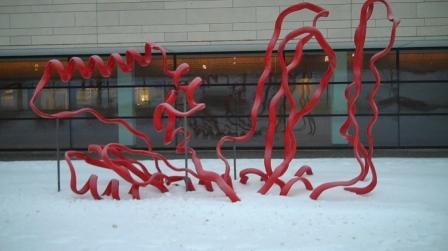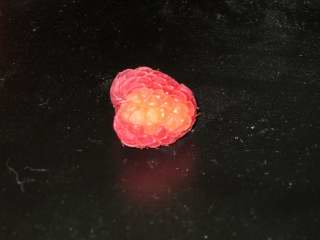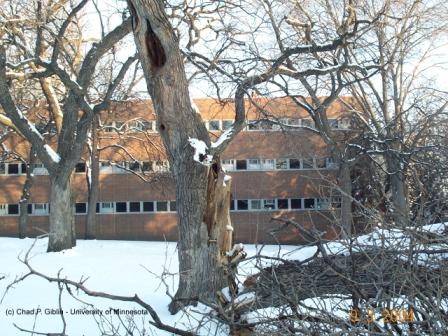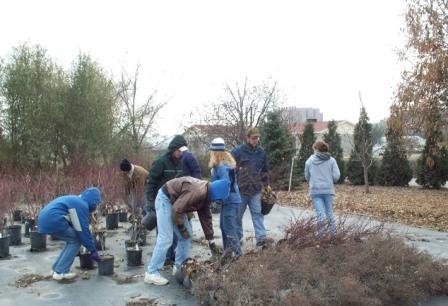This year Pinellas county in Florida banned the use and sale of nitrogen and phosphorus fertilizers for lawns between June 1 and September 30. Is that a good idea? On the surface it seems like a great idea because it should reduce the amount of nitrogen and phosphorus which reach streams, lakes, ponds and rivers and cause algal bloom and destruction of water habitats. On the other hand a PROPERLY fertilized lawn is less likely to have nutrient rich runoff (because of a more expansive root system.) If this ban inadvertently stops people from properly fertilizing there is the possibility that the problem could be made worse.
I’m no fan of heavy fertilizer use by homeowners — I loath the practices of many lawn care companies which includes pesticide and fertilizer applications as many as 5 times a year — but the truth of the matter is that grass actually does a good job of grabbing nutrients that are applied to it because it has such a dense root system. Crops like corn and wheat, on the other hand, don’t have such a dense root system. I recently read a paper stating that, worldwide, only about 33% of the nitrogen applied to crops is actually used by those crops (this is referred to as NUE or Nutrient Use Efficiency). A recent graduate student of mine found that the NUE for Hazelnuts is actually well below that.
My personal preference for lawns is that we start to do what was once common back in the ’50s and before — plant clover with your grass. Believe it or not you can get an amazingly dense lawn that way. The clover will provide much of the nutrition that the grass needs — and it’s not, as of yet, considered a noxious weed. I also like the idea of planting leguminous trees, like black locust (I know some of you see this as a weed — it can be a nice tree too) in turf plots, reason being abscized black locust leaves have high concentrations of nitrogen — over two percent — unlike the leaves of things like maples and oaks. Of course it’s also possible for the nutrients from clover or the leaves from black locust to end up where they shouldn’t, but because of their slow decomposition we hope that nutrients running off from these sources would be less of a problem.
Anyway, my final thought — Why couldn’t we legislate that all grass seed include some clover or that a certain number of leguminous trees be planted near turf plots rather than trying to control the use of fertilizers?
